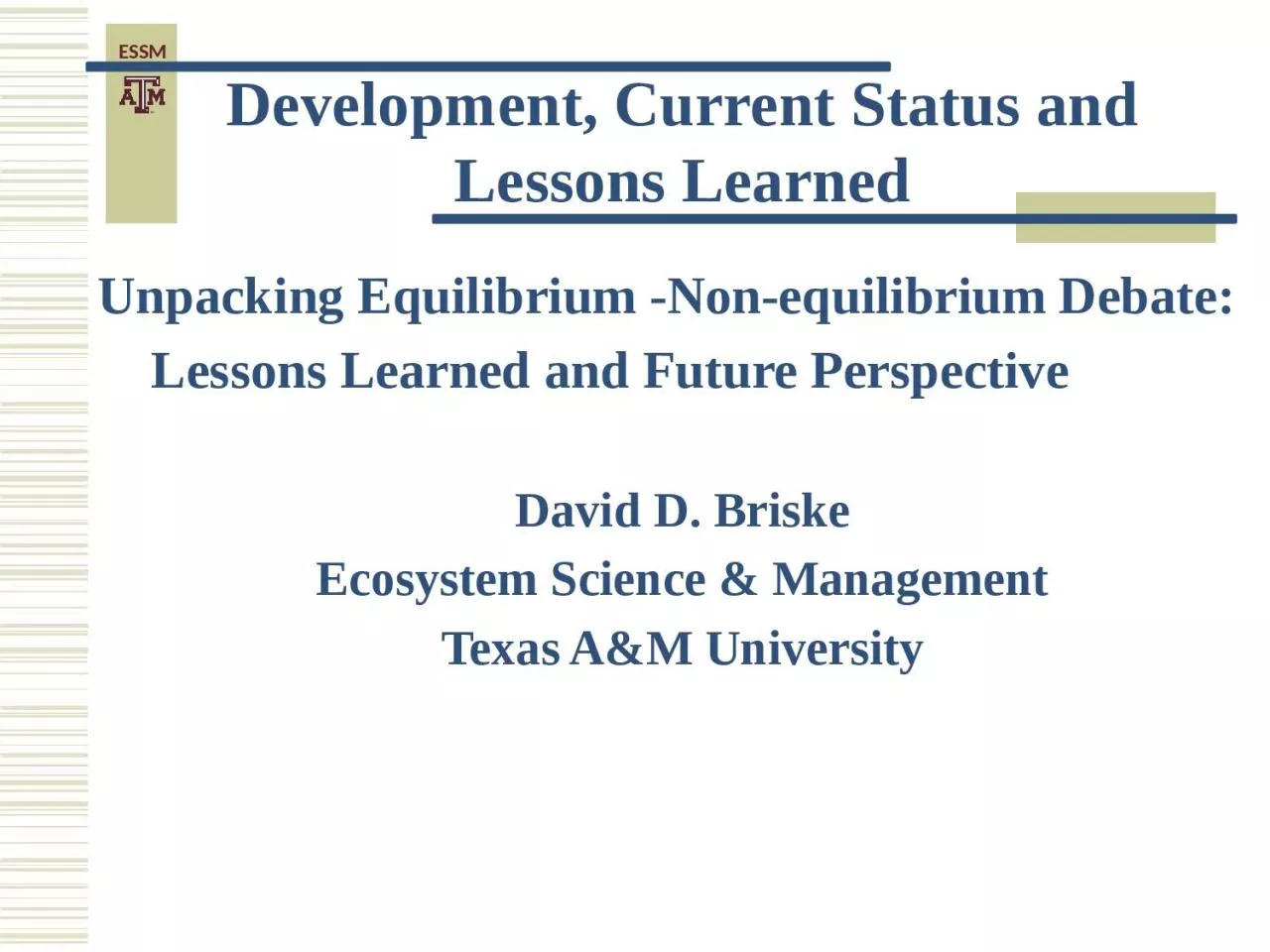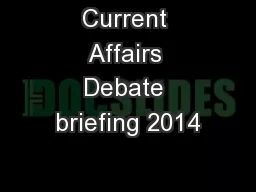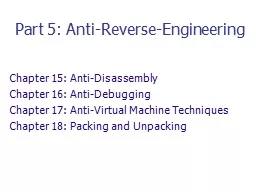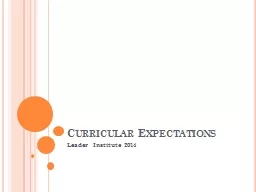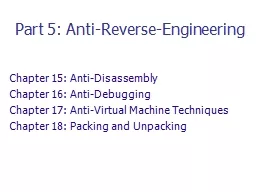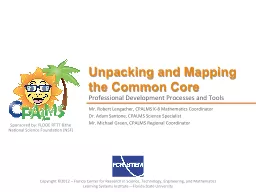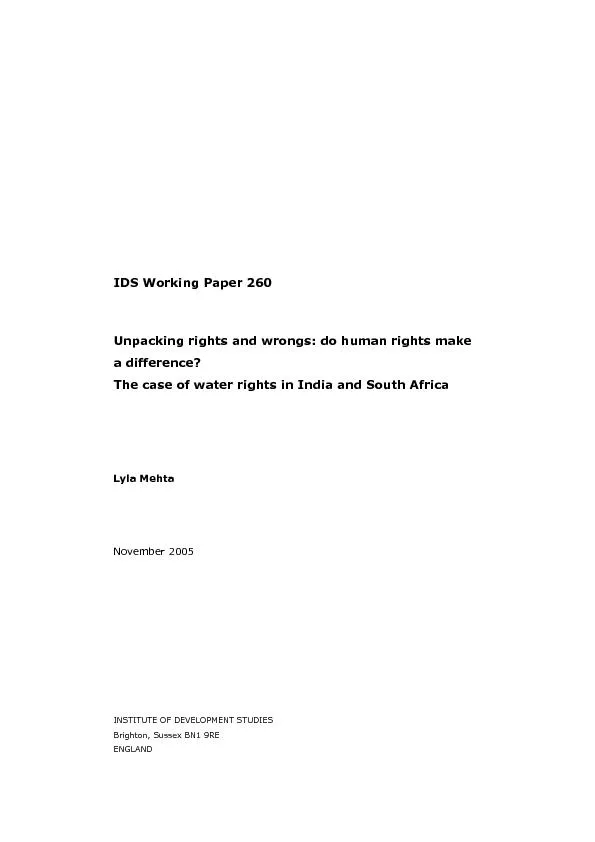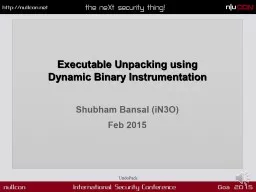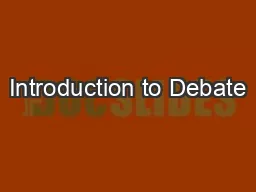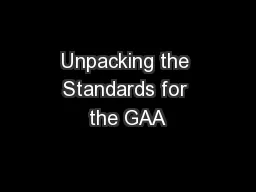PPT-Unpacking Equilibrium -Non-equilibrium Debate:
Author : reese | Published Date : 2023-07-22
Lessons Learned and Future Perspective David D Briske Ecosystem Science amp Management Texas AampM University Development Current Status and Lessons Learned Turkana
Presentation Embed Code
Download Presentation
Download Presentation The PPT/PDF document "Unpacking Equilibrium -Non-equilibrium D..." is the property of its rightful owner. Permission is granted to download and print the materials on this website for personal, non-commercial use only, and to display it on your personal computer provided you do not modify the materials and that you retain all copyright notices contained in the materials. By downloading content from our website, you accept the terms of this agreement.
Unpacking Equilibrium -Non-equilibrium Debate:: Transcript
Download Rules Of Document
"Unpacking Equilibrium -Non-equilibrium Debate:"The content belongs to its owner. You may download and print it for personal use, without modification, and keep all copyright notices. By downloading, you agree to these terms.
Related Documents

